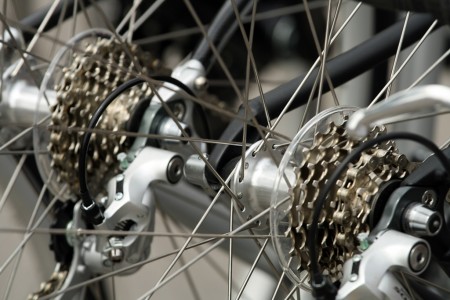Snowdonia contains more than just some of the United Kingdom’s finest mountains. From a climate and energy perspective, the Dinorwig Power Station is rather interesting. It has a maximum output of about 1800 megawatts (MW) and was intended to store excess power from nuclear stations, during periods when their output exceeded demand.
The system takes only 16 seconds to ramp up to full output, and can maintain it for six hours. Because of backup batteries and diesel generators, Dinorwig is also able to restart itself even if the rest of the national grid has failed. The facilities two reservoirs are separated by 500m of vertical distance, and it stores about nine gigawatt-hours (GWh) of total energy. It is 75% efficient at turning surplus electrical energy into gravitational potential energy in raised water, and then back into electricity again at times of peak demand. Since it can buy electricity at times when demand is minimal (thus making the power cheap) and sell it when power was expensive, it was able to pay itself off in ten years. Along with three other British facilities, there is a total pumped storage capacity of 2.8GW.
This is a technology that could make a lot of sense for Canada. As we build more renewables – such as wind farms – there will be periods of excess energy production. By building new pumped hydroelectric facilities, or adding the capacity to existing dams, we will have a way to store some of that for when it is needed.







